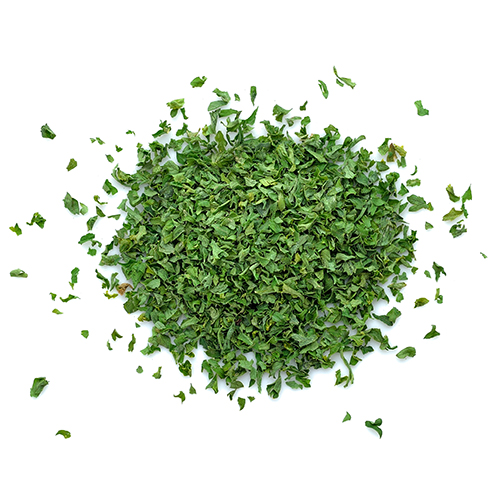
Botanical Name: Anthriscus cerefolium
Origin
Chervil is native to Southern Europe and the Caucasus but was spread by the Romans through most of Europe, where it is now naturalized. Chervil comes from the carrot family along with dill, parsley, and fennel. It does look incredibly similar to parsley, except that the leaves are smaller, lacier, and paler in color. Chervil’s taste is perhaps best described as a toned-down, fine and delicate version of a cross between tarragon and parsley with just a teeny tiny hint of a bite of anise or mint. Chervil is an herb for the connoisseur of fine flavors and fragrances.
Culinary Use
Chervil is a delicate green spring herb that’s perfect for salads and particularly delicious in omelettes and other egg dishes .In French cuisine, it is one of the four herbs, along with chives, tarragon, and parsley, which make up the delicate bouquet “fines herbs”. Any amount of cooking will destroy chervils already mild flavor. Luckily, it’s so tender to begin with it can be tossed into dishes at the very last second or even eaten raw. Try tossing whole chervil leaves into salad mixes. They add a fresh, sweet flavor to contrast bitter greens and spicy arugula. This often overlooked herb adds delicate flavor and fragrance to a wide range of dishes.
Cultivating and Harvesting
The seeds of chervil can be sown in spring and fall before the first frost. Chervil blooms in small white flowers that form umbels from May through July
